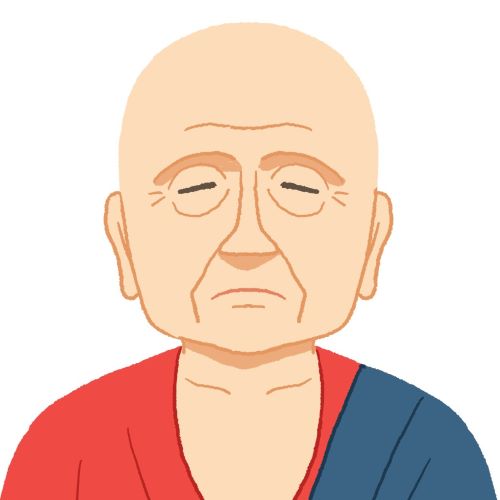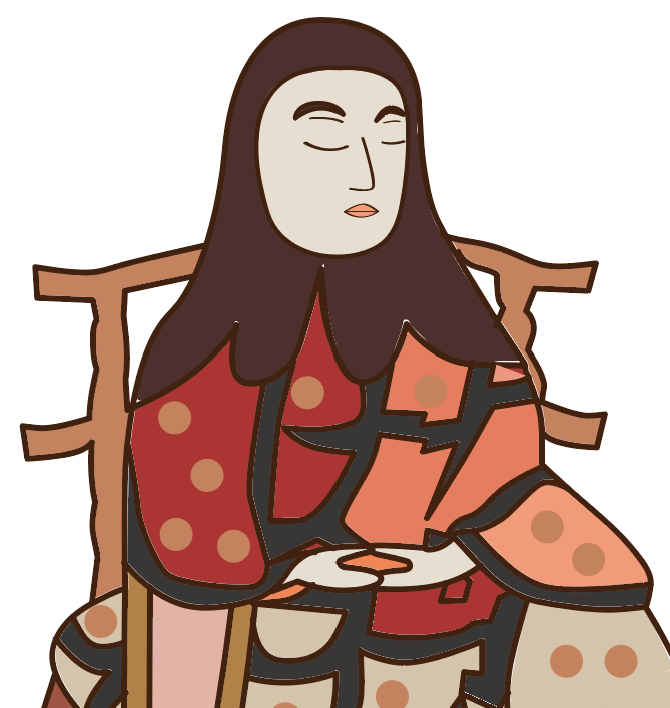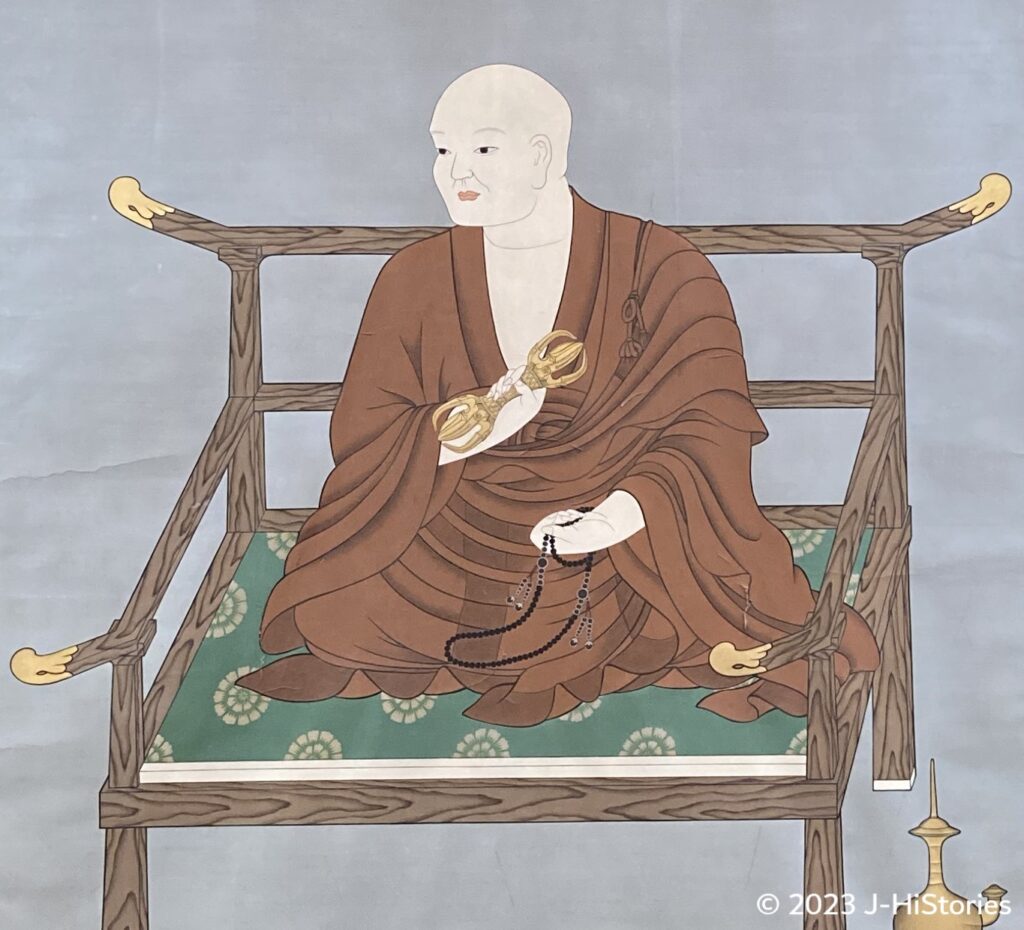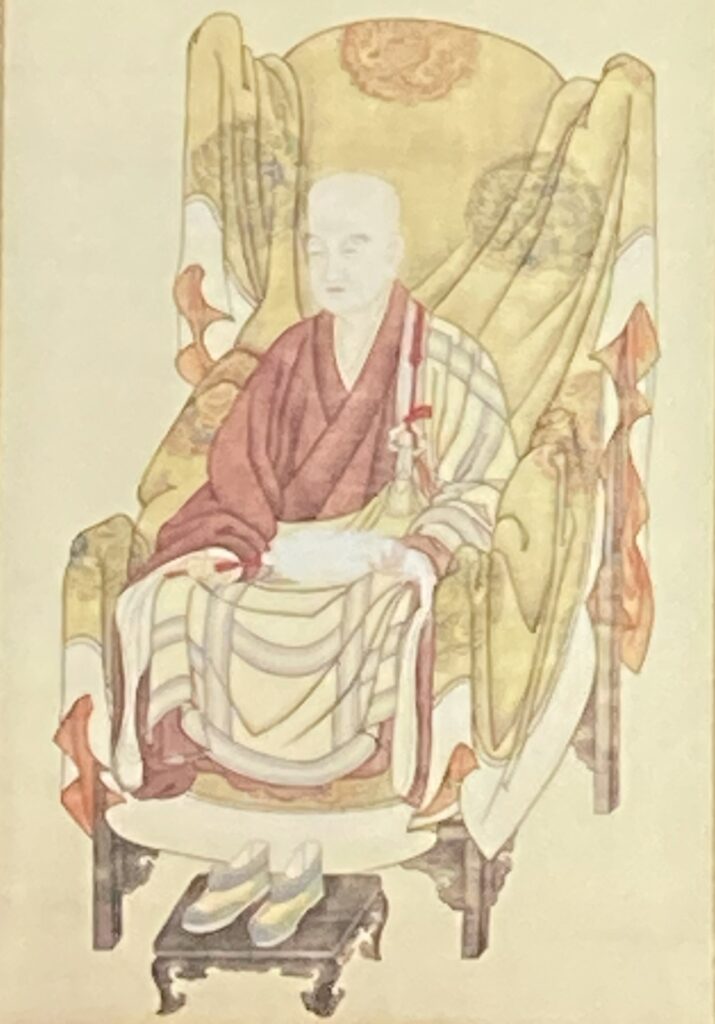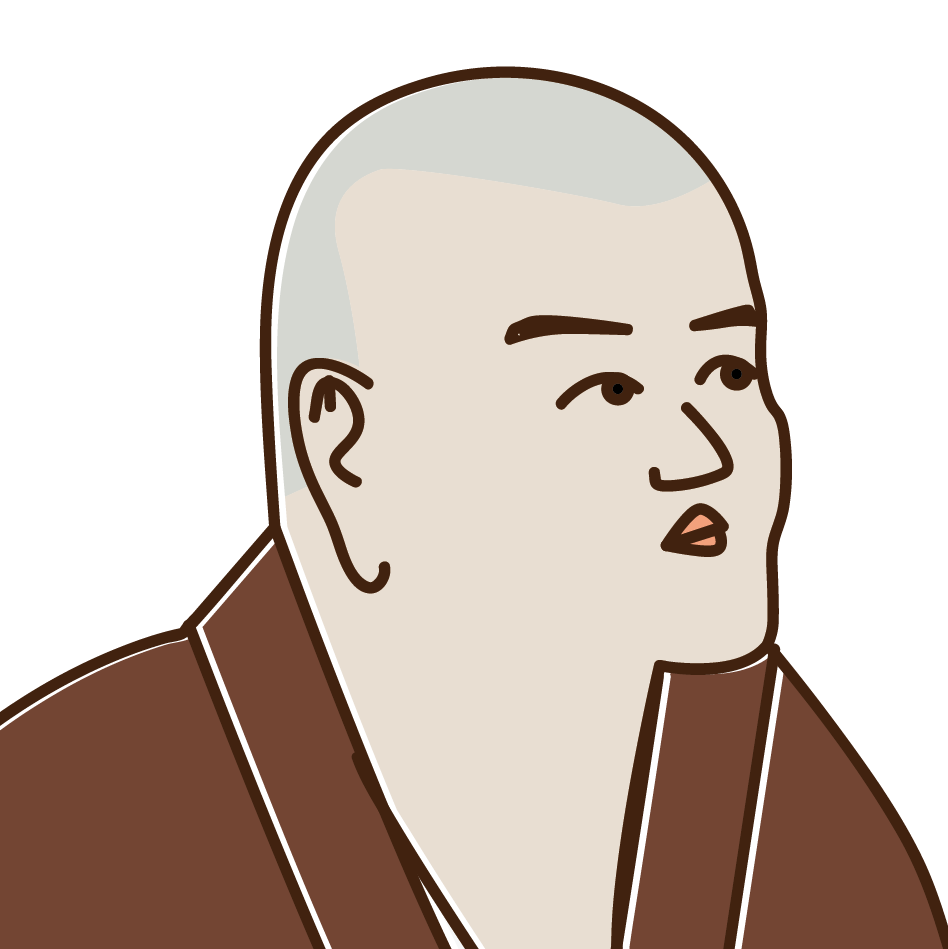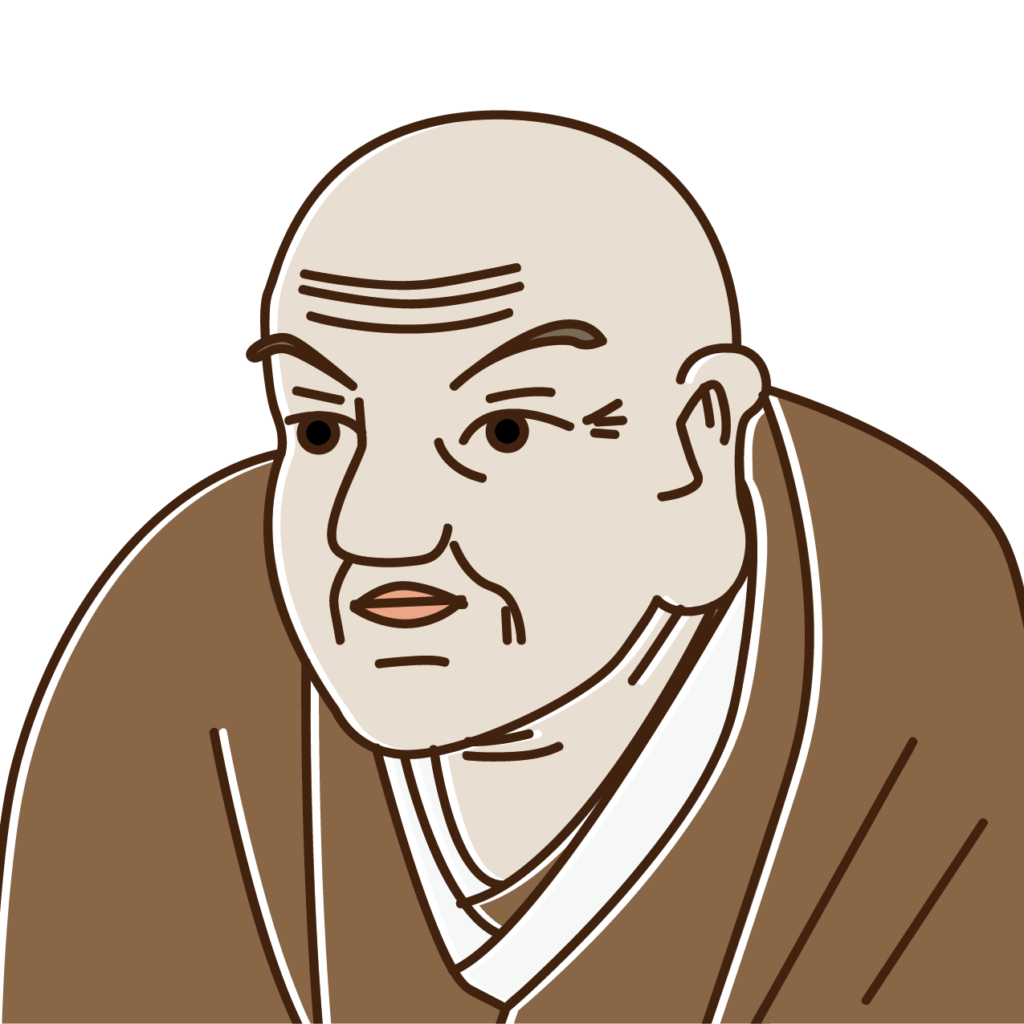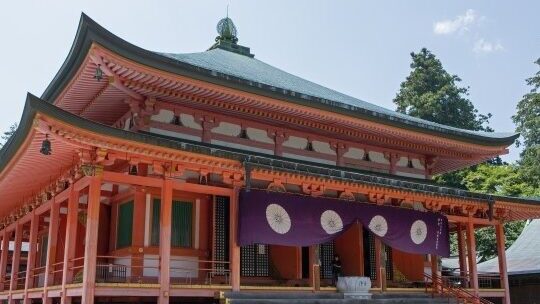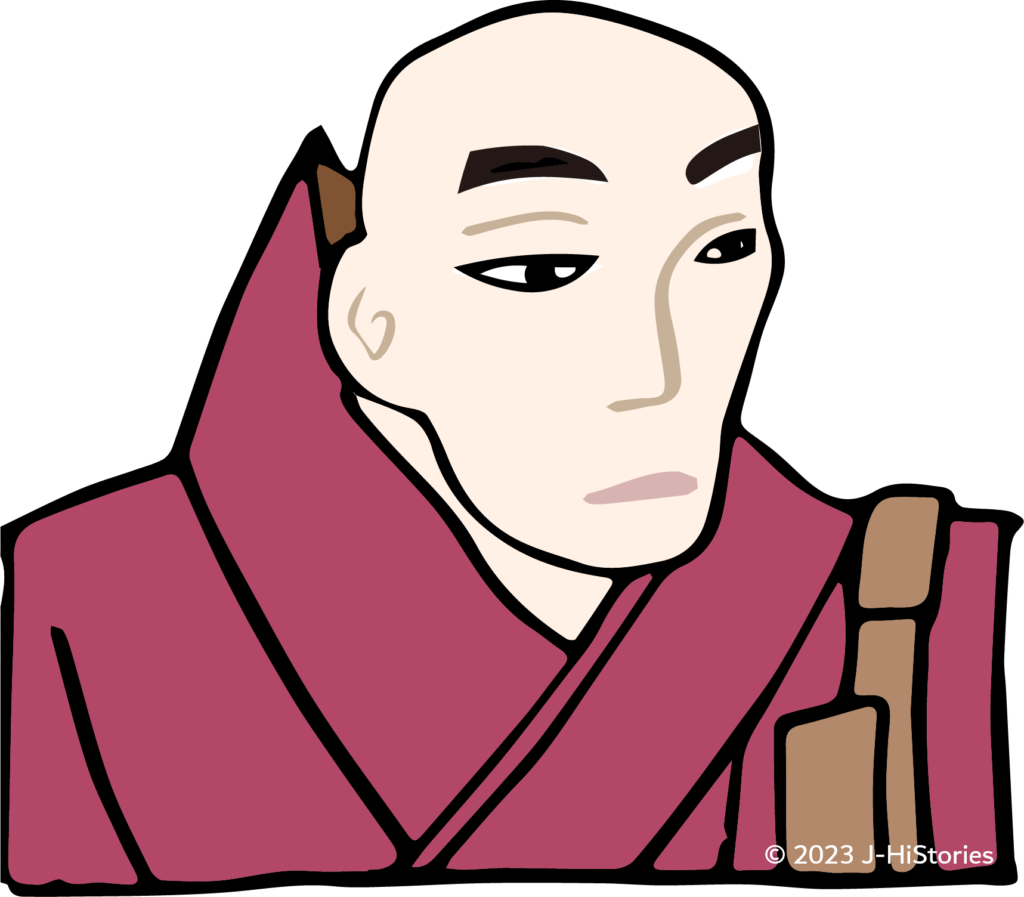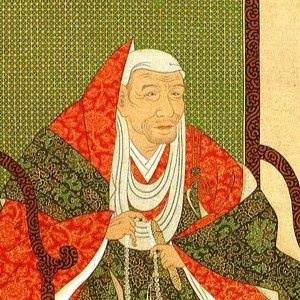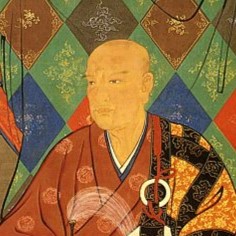The Beginning of Buddhism in Japan
Prince Shotoku
Laying the Foundations for the Acceptance of Buddhism in Japan
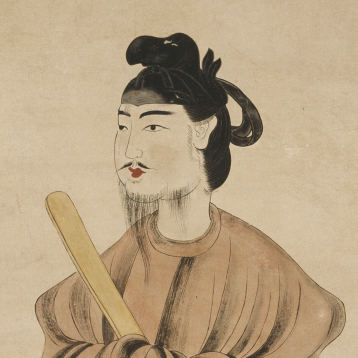
Buddhism was introduced in 538 (or 552). Facing the threat of the Sui Dynasty, Prince Shotoku, known as Prince Umayado (574-622, 厩戸皇子), established a centralized state based on Buddhism, working with Empress Suiko and Soga Umako. He built Horyuji Temple, and formulated Japan's first constitution, the "Seventeen-Article Constitution.” It described the Three Treasures (Buddha, Dharma, and Monasticism). Prince Umayado passed away at 49, leaving behind his words, "The world is a falsehood; only Buddha embodies truth," offering profound insights into our modern existence. >> Read More
En no Ozuno:
Establishing Shugendo

Shugendo emerged from ancient Japanese mountain and folk beliefs, shaped by the influences of Buddhism and Taoism. It’s defined by demanding mountain ascetic practices and the use of supernatural spells. En no Ozuno (7-8C, 役小角) established Yoshimizu Shrine, Kinpusenji Temple, etc.
Stabilizing and Protecting the Nation
During the Nara period (710-794), Emperor Shomu sought to govern the country through the power of Buddhism amid a national crisis of natural disasters, famine, and pestilence.
Roben
The founder of the Japanese Kegon sect
Roben (689-773, 良弁) supported the Todaiji Temple's construction at Emperor Shomu's wish. At the heart of Kegon's teaching is the idea of "Juju-mujin (重々無尽)," or inexhaustible relationships. This means the infinite number of interrelated and overlapping elements in the world. The power of the Buddha spread from the Great Buddha throughout the nations, embodying "Juju-mujin". >> Read More
Jianzhen
The founder of the precepts, even though losing his sight
Jianzhen or Ganjin (688-763, 鑑真) enlightened the Great Buddha of Todaiji Temple after four failed attempts to travel from China, despite losing his eyesight. He ordained 400 individuals, including Emperor Shomu, his family, and court nobles, marking the inception of precepts in Japan and leading to the development of the precept system. In 759, he established a training center, Toshodaiji Temple, for monk education. Mieido Hall houses a seated statue of him, with sliding door paintings dedicated to him by the renowned painter Higashiyama Kaii. >> Read More
Saving People
Nara Buddhism, centered around Todaiji Temple, aimed to 'pacify the nation.' However, at the beginning of the Heian period (794-1185), young two monks, Saicho and Kukai dissatisfied with Nara Buddhism, sought a new teaching to save people including remedies for illness. This new Buddhism gained favor among the noble classes seeking worldly benefits. This marked a pivotal moment in revolutionizing the Buddhist sphere. Their belief was the attainability of enlightenment for all, contrasted with Nara Buddhism's view that some individuals could not achieve enlightenment.
Saicho
The founder of the Tendai sect. - Advocating equality in attaining enlightenment
Saicho (767-822, 最澄) spread his teaching: "All individuals possess equal potential to attain Buddhahood or enlightenment," sparkling a four-year Buddhist dispute. Presenting a letter to Emperor Saga, he said, 'One who illuminates a corner, this is the treasure of the nation (*).' Saicho's enduring legacy lives on through disciples like Honen, Shinran, Yosai, and others, who became prominent figures in Japan's Buddhist realm. The Eternal Light lit by Saicho continues to shine for over 1,200 years, extinguished. >> Read More
(*) Those individuals who exert their efforts and radiate brilliance in the roles they inhabit are the treasures of the nation.
Kukai
The founder of Shingon Esoteric Buddhism. - Proposing that all people have Buddha nature
Kukai (774-835, 空海) introduced a new theory that all individuals are manifestations of Dainichi Nyorai with inherent Buddha nature. This teaching advocates for the attainment of enlightenment while alive (Sokushin Jobutsu) through self-reflection, unification with Buddha, and awakening to one's Buddha nature. His last will was "My wish will not end until all living things are filled with peace and happiness". >> Read More
Expanding Buddhism to Ordinary People
The Genpei War (1180-1185) and a series of natural disasters led people to believe the advent of the "Mappo," signifying "the end of the world." Conventional teachings that emphasized attaining Buddhahood solely through rigorous ascetic practice couldn't save many amid these tumultuous times. Two revolutionary monks, Hone and Shinran, advocated the "Salvation through Amitabha Tathagata."
Honen
The founder of the Jodo sect- Proposing "Buddhism for Salvation"
Honen (1133-1212, 法然) advocated that people could attain Buddhahood if they earnestly recited the Nembutsu (the full submission to the Buddha). Honen found “Buddhism for salvation" in the book called "Kangyoso." It was when Honen was 43 years old, in 1175. It was greatly developed under the devotion of Tokugawa Ieyasu. >> Read More
Shinran and Rennyo
The founder and the reviver of the Jodo Shinshu sect, Becoming the largest sect in Japan
Shinran (1173-1262, 親鸞), Honen’s disciple, preached "salvation through Amitabha Buddha." It marked a revolutionary shift in Buddhism. Previously reserved for the elite, Buddhism extended its reach to encompass the salvation of common people and women. However, the path was arduous. The declined sect was subsequently revitalized by the efforts of Rennyo (1415-1499, 蓮如) and established Osaka Honganji Temple. >> Read More
Zen Buddhism Flourished in the Samurai Class
Zen Buddhism, originating in China, emphasized a practical philosophy of life over scriptural study or chanting for rebirth in the Pure Land. Zen Buddhism as a practical approach, "how to live in this world," gained popularity among the samurai who lived while facing death during the Kamakura and Muromachi periods and offered guidance on how to live decisively. Zen Buddhism was introduced to Japan during the early Kamakura period (1185-1333), with the Soto school founded by Dogen and the Rinzai school by Yosai (Eisai). While Rinzai Zen was closely associated with the samurai regimes of the Kamakura and Muromachi shogunates, Soto Zen spread among local samurai and common people by avoiding political ties and resonating more with the local populace.
Yosai
The founder of the Rinzai Zen - Flourishing Rinzai Zen Buddhism with the Rise of the Samurai
Yosai (1141-1215, 栄西) introduced Zen Buddhism to the 2nd Shogun of Kamakura Shogunate, Japan's first samurai government. After that, Zen Buddhism flourished under the patronage of the Kamakura and then Muromachi Shogunates. It advocated the spiritual practice of Zen sitting meditation and Koan-practice, encouraging worldly thoughts and desires. >> Read More
Dogen and Keizan
The founder and the reviver of the Soto Zen- Preaching the value of single-minded sitting
Dogen (1200-1253, 道元) preached the value of single-minded sitting, "Shikan Taza." It aims at the enlightenment itself. His teaching extended to viewing daily rituals like washing one's face, cleaning, eating, and other mundane tasks as forms of ascetic practice. Avoiding ties with central political power, Dogen became a fixture in the local community at Eiheiji Temple. He responded to the concerns of the people and continued his steady missionary activities there. Dogen’s teaching endured through his successors, notably Keizan (1268-1325, 瑩山), who enhanced the teachings and expanded the Soto Zen school.
Muso Soseki
A national teacher
Muso Soseki (1275-1351, 夢想疎石), a monk of the Rinzai sect and a gardener, was granted the title of "Kokushi," a national teacher, by the successive emperors, 7 in total. Emperors, court nobles, shoguns, and warriors turned to the wise and experienced Soseki for advice on ruling the nation in the turbulent world of the Northern and Southern dynasties. Soseki also designed famous Zen gardens such as Tenryū-ji and Saihoji (Moss temple) and had a profound influence on the design of the Kinkakuji and Ginkakuji Temples. >> Read More
Nichiren Sect, Flourished in the Merchant Class
Emerging in the Muromachi period, the Nichiren Sect resonated with the growing merchant class, emphasizing practical solutions for everyday challenges. Unlike traditional teachings, the Lotus Sutra, like the lotus flower that blooms and bears fruit simultaneously, promised immediate benefits in this lifetime. This resonated with a class seeking success in the here and now.
Nichiren
Founder of the Nichiren Sect
Nichiren (1222-1282, 日蓮) challenged the idea of the conventional Pure Land of Buddhism, advocating for enlightenment in this lifetime. His warnings of national crises such as heavy earthquakes in Kamakura went unheeded, but his teachings found acceptance among merchants a few centuries later. >> Read More
Warlords Devoted to Shintoism and Buddhism
The Onin War (1467-1477), which was triggered by a shogun succession struggle, led to the decline of the authority of the Muromachi shogunate, leading to the Sengoku period (1467-1590). During this period, warlords in various regions rose to power through their military prowess regardless of their family background or status. They sought the blessings of the gods and Buddha for their victories. For example, many warlords, including Minamoto Yoritomo, sought the blessing of Hachiman Daibosatsu, Uesugi Kenshin for Bishamonten, Mori Motonari for Marishiten, and Takeda Shingen for Suwa Daimyojin. In addition, the teachings of Zen Buddhism, especially the Rinzai sect enjoyed steadfast support among warlords. On the other hand, peasants believed in the Jodo Shinshu sect, while the merchants believed in the Nichiren sect (Lotus Sutra). These teachings provided a spiritual anchor for people in a war-torn world.
Buddhist Priests Fought Against Warlords
Enryakuji Temple Monks battled three renowned samurai: Ashikaga Yoshinori, the 6th Shogun of Muromachi Shogunate (1336~1573), the shogunate's retainer, Hosokawa Masamoto, and Oda Nobunaga. Enryaku-ji had boasted enormous economic power through loan sharking and manors and was also a political power. This led to conflicts and battles with warlords who wanted to separate Buddhism from politics.
Kennyo (1543-1592, 顕如), The 11th head priest of the Jodo Shinshu Sect, and his two sons battled Oda Nobunaga for a decade at Osaka Honganji Temple. This divided the sect into two entities: East Honganji, under the leadership of Kyonyo (1558-1614, 教如), and West Honganji, led by Junnyo (1577-1631,准如). These two temples are situated close today in the city of Kyoto.
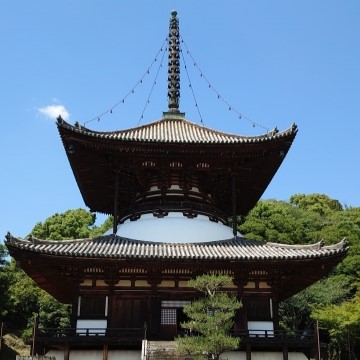
Negoroji Temple in Wakayama gained prominence with its monks and followers. Their gunmen, who mastered gunnery after its introduction via Tanegashima, took a pivotal role during the Warring States Period but fell to Toyotomi Hideyoshi's overwhelming army.
Two Priests Separated Buddhism from Politics
Two eminent Buddhist priests, Tenkai and Suden, supported Tokugawa Ieyasu's transition from military to civilian rule, making the 260-year Pax Tokugawana possible. One of the important measures was the avoidance of political intervention by Buddhist temples.
Tenkai
Tenkai (1536-1643, 天海), a prominent priest of the Tendai sect, supported Tokugawa Ieyasu's religious and imperial court policies. Tenkai built Kan'ei-ji Temple in Ueno, located at the demon's gate of Edo Castle, following the example of Enryaku-ji Temple on Mount Hiei for the Kyoto Imperial Palace. He also rebuilt Nikko Toshogu Shrine, enshrining Tokugawa Ieyasu as the deified Toshogu "Daigongen," as a guardian deity >> Read More
Suden
Suden(1569-1633, 崇伝), the Rinzai sect priest, supported the foundations of civilian government as a close associate of Tokugawa Ieyasu. Suden, renowned for his expertise in legal matters, penned the Acts for the Military Houses, the Law concerning the emperor and the court nobles, as well as the Temple Laws. >> Read More


